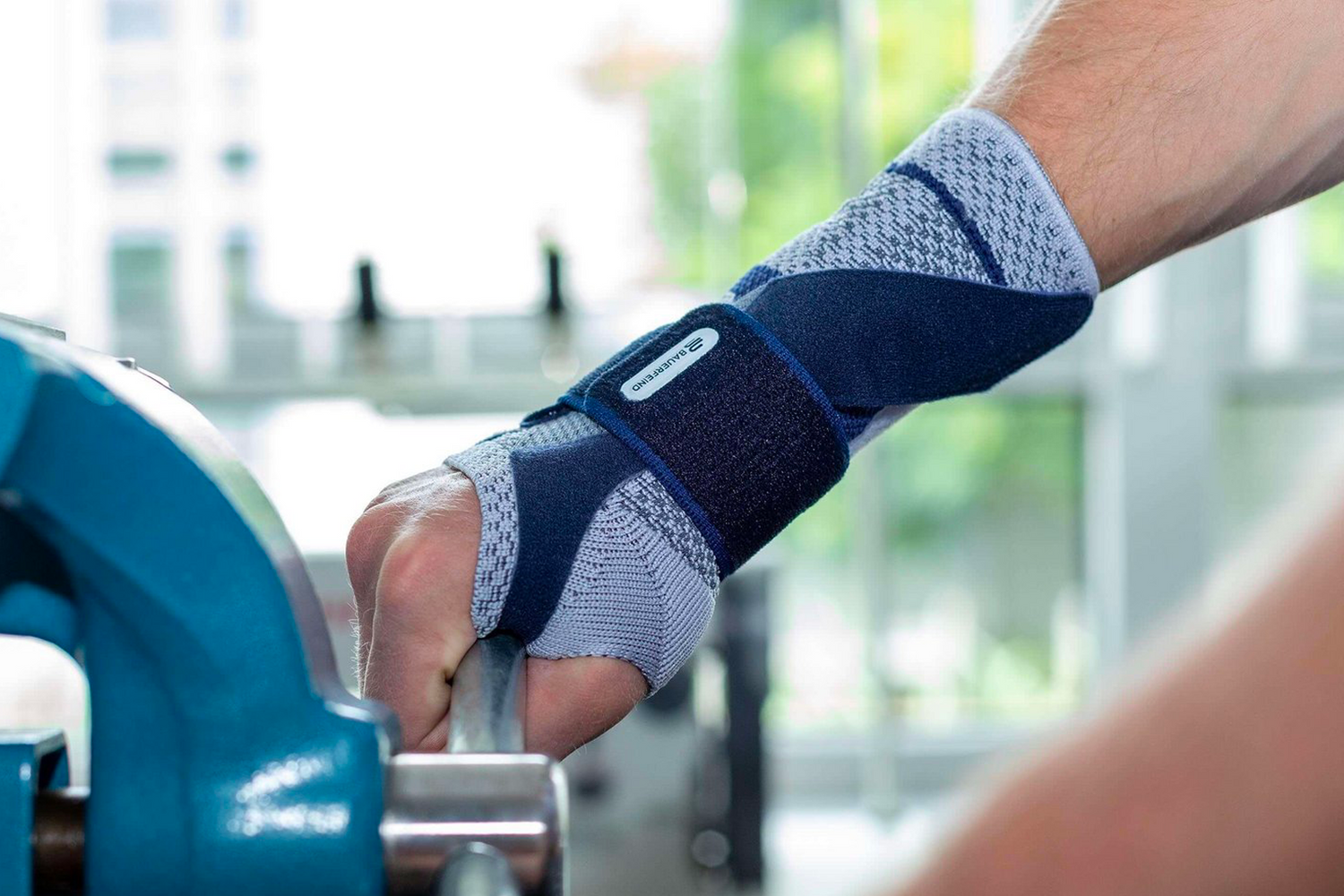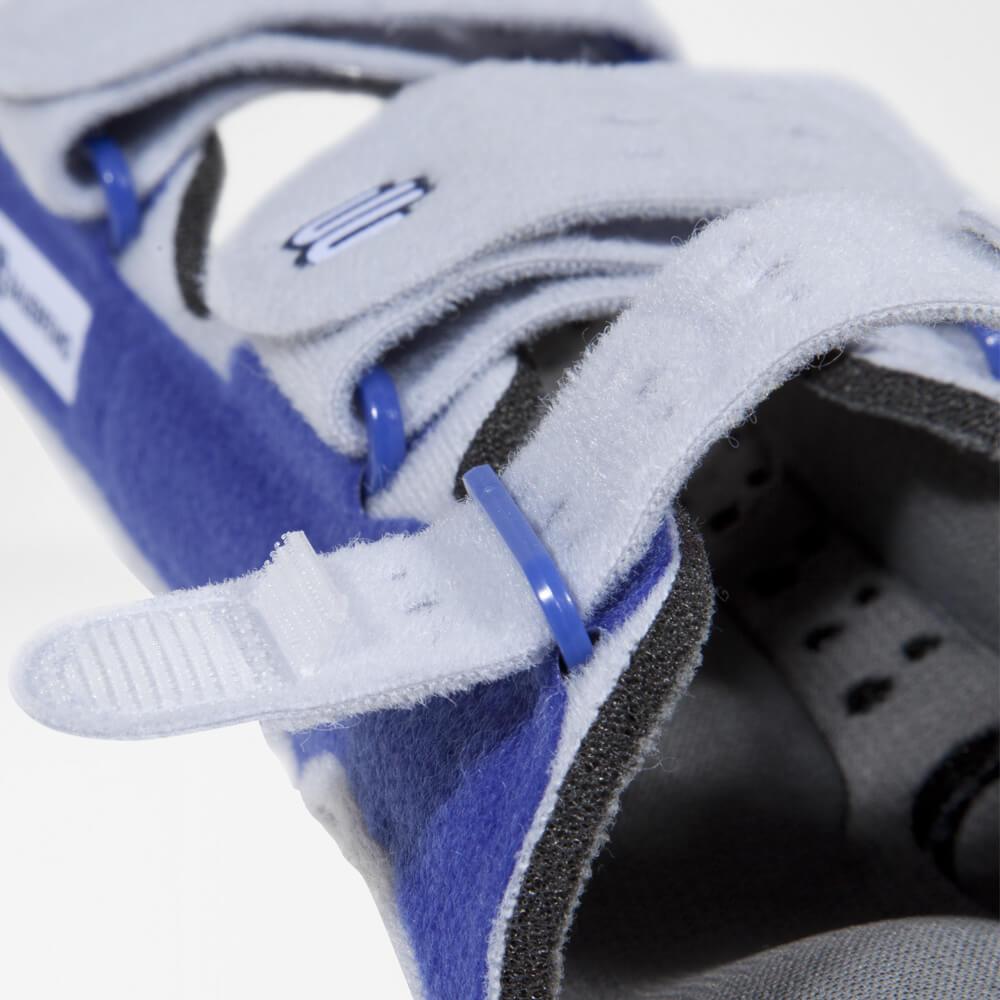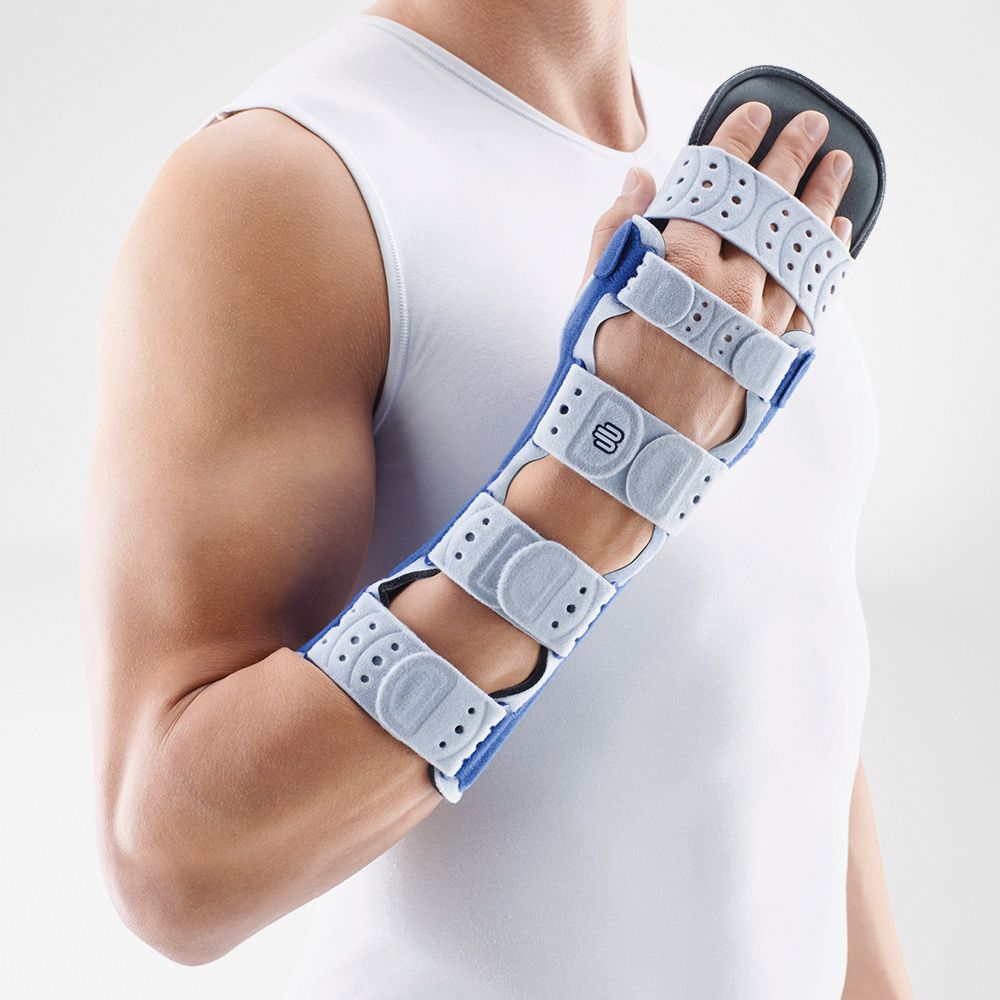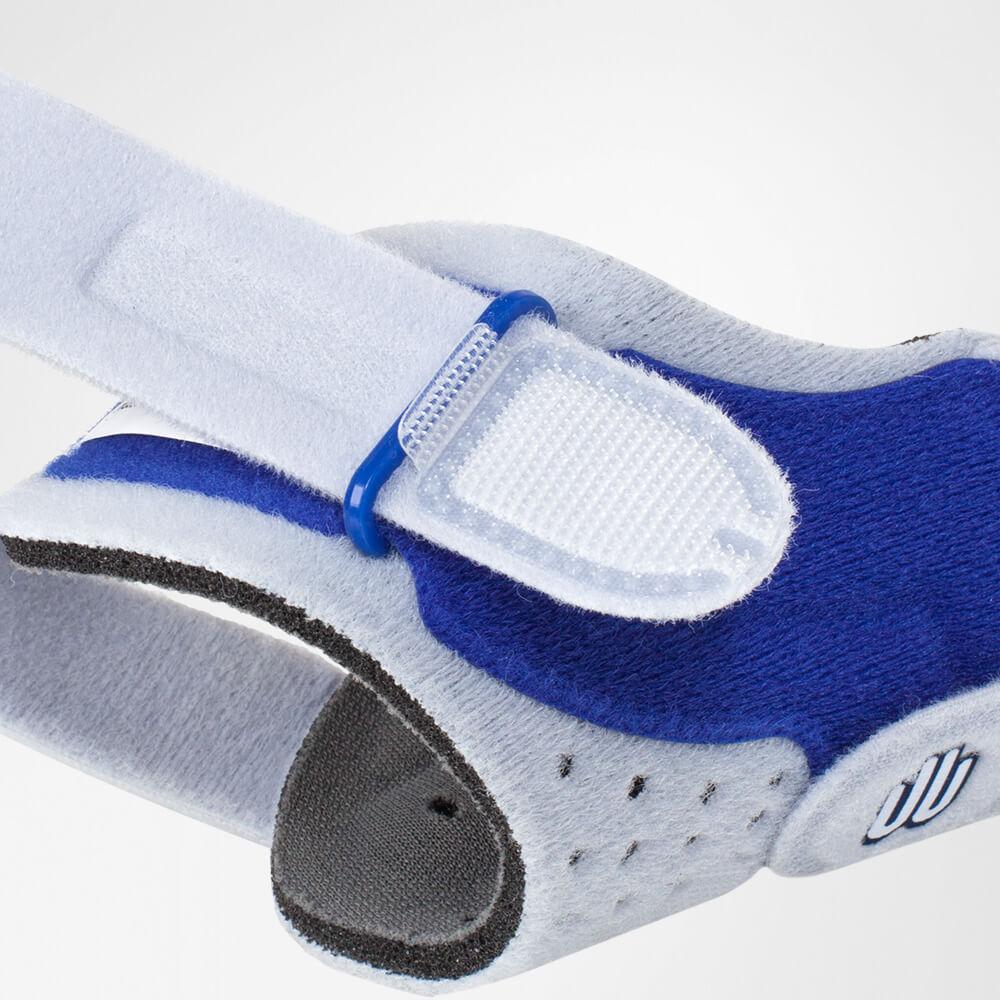If you are experiencing pain and burning in the wrists or ankles, the diagnosis is often: tendonitis. The pain usually occurs with movement and stress; and in the case of a chronic tendonitis, the affected joint also hurts when resting. Tendonitis, also called tendovaginitis by physicians, occurs commonly in the hand or wrist. However, tendons and the tendon sheaths surrounding them can also become inflamed in the foot. Keep reading to learn causes, symptoms and therapy for tendonitis.
How does tendonitis develop?

The muscles and bones in our body are connected by tendons. Their job is to transfer muscle power and provide mobility and stability. In some places, tendons are surrounded by a connective tissue structure - known as tendon sheaths. They protect the tendons from friction and extra stress, for example where a tendon runs over a bony prominence. For this purpose, the tendon sheaths are filled with a liquid. However, if they are put under too much strain over a longer period of time, the tendon sheaths can become inflamed - and tendonitis or tendovaginitis is diagnosed.
What are the causes of tendonitis?
Although the tendon can also become inflamed if it is overstrained, in the majority of cases it is the more sensitive tendon sheath that is hit first. As a buffer between bone and tendon, it sometimes has to endure a lot. If a constant movement is performed frequently and without pauses, the tendon sheath can become inflamed due to the overload.
In rare cases, inflammation is also caused by bacteria. However, it is usually our everyday activities that lead to tendinitis in the hand: playing sports, playing the guitar, typing on the keyboard, an ergonomically unfavorable office workplace design, monotonous movements during assembly work - at work and in our free time there are numerous movements with which we put too much strain on our wrist.

Tendonitis - typical symptoms and diagnostics
Tendonitis in the hand or wrist is initially noticeable through pain when gripping or moving. Swelling, redness and sensitivity to pressure are also not uncommon. In some cases you can even hear that something is wrong; in this case the pain is accompanied by a rubbing or crunching noise (tendovaginitis crepitans).
Depending on which tendon sheath is affected and how severely, it can happen that the hand or individual fingers can no longer be moved as usual. For example, thickening can occur in the inflamed tissue, which restricts mobility. This is the case, for example, with snap finger (tenovaginitis stenosans). Here the thickened flexor tendon of the finger gets caught on a ligament and only slides on with increased effort.
It is important to see a doctor if you have symptoms – even if the pain and discomfort only occur briefly. If left untreated, tendonitis can become chronic.
A description of the typical symptoms in a discussion with the doctor and a physical examination are usually sufficient for a diagnosis. If there is a suspicion that there could be other causes behind the symptoms, the doctor can still use imaging methods such as X-rays or ultrasound or order a blood test to rule out a bacterial infection.
The treatment of tendonitis
 In the vast majority of cases, tendonitis can be treated conservatively, i.e. without surgery.
In the vast majority of cases, tendonitis can be treated conservatively, i.e. without surgery.
In order not to further irritate or strain the inflamed tendon sheath, rest is the first step. But since our hands are always in use, it makes sense to consciously immobilize the wrist. Therefore, if you have tendonitis, your doctor will first prescribe a splint, an orthosis, a brace or a tape bandage. This allows the inflamed tissue to recover and decongest.
Complete immobilization should not last too long, however, as otherwise the tendon and tendon sheath can stick together.
If the hand is more swollen, anti-inflammatory medication such as ointments or tablets, but also cold applications or electrotherapy can be used to promote the swelling of the inflamed tissue. Immobilization is usually followed by physiotherapeutic treatment to train strength, coordination and mobility of the hand, wrist and forearm.
If, contrary to expectations, conservative treatment does not work, the last resort is surgery. The surgeon removes the thickened tissue that constricts the tendon sheath and longitudinally splits the annular wrist band to allow the tendons to move freely again. In most cases, the operation can be performed on an outpatient basis under local anesthesia. However, this surgical procedure should only be used in chronic tendonitis and as a last resort.

How does a wrist brace help with tendonitis?
In the case of tendonitis, immobilization and relief are the top priorities. A wrist brace like the ManuTrain® helps you to give your wrist the rest it needs without restricting you in everyday life.
The brace consists of a light, breathable knitted fabric and a strap system that fixes your wrist in a comfortable neutral position. This avoids strain on the tendon sheaths when bending the wrist, and the inflamed tissue can recover and regenerate better.
The ManuTrain® is comfortable to wear; it doesn't restrict your movement. The breathable train knit material is sweat wicking so you're protected from overheating. Since the brace leaves your fingers free, it can be worn for most daily activities and thanks to the enclosed donning aid, it can be easily put on with one hand. Depending on the course of the inflammation, you can wear wear the brace at different stages to prevent renewed irritation.

Learn More about the ManuTrain® wrist brace here!


















